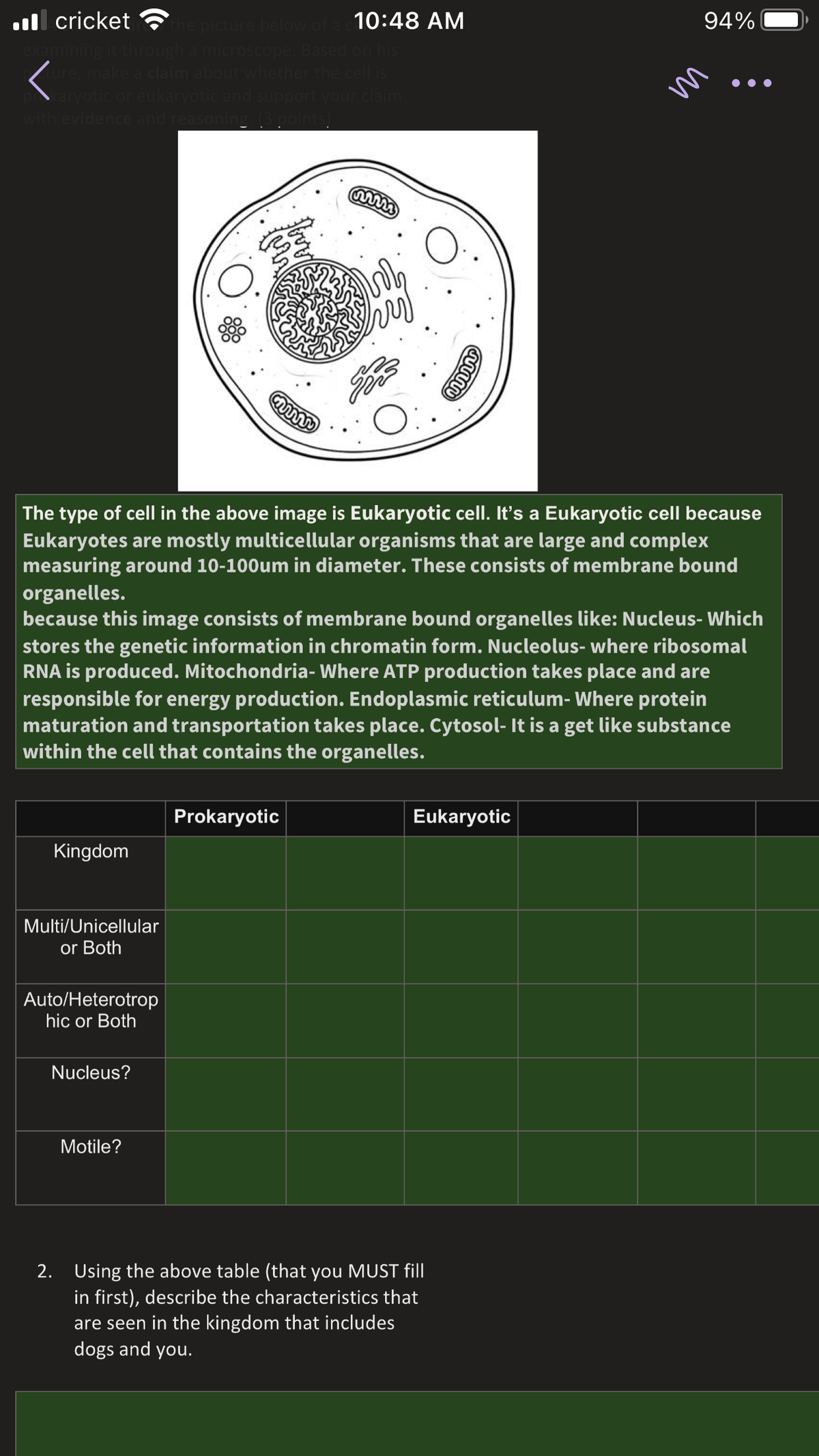dence ar be of cell in the above image is Eukaryotic cell. It's a Eukaryotic cel yotes are mostly multicellular organisms that are large and comp ring around 10-100um in diameter. These consists of membrane elles. se this image consists of membrane bound organelles like: Nucle the genetic information in chromatin form. Nucleolus- where rib produced. Mitochondria- Where ATP production takes place and
Structure and Composition of Cell Membrane
Despite differences in structure and function, all living cells in multicellular organisms are surrounded by a cell membrane. Just like the outer layer of the skin separates the body from its environment similarly, the cell membrane, also known as 'plasma membrane,' separates the inner content from its exterior environment.
Cell Membrane
The cell membrane is known by different names like plasma membrane or cytoplasmic membrane, or biological membrane. The term "cell membrane" was first introduced by C. Nageli and C. Cramer in the year 1855. Later on, in 1931, the term "plasmalemma" for cell membrane was given by J. Plowe. The cell membrane separates the cell's internal environment from the extracellular space. This separation allows the protection of cells from their environment.
Prokaryotes vs Eukaryotes
The cell is defined as the basic structural and functional unit of life. The cell membrane bounds it. It is capable of independent existence.

Trending now
This is a popular solution!
Step by step
Solved in 2 steps







